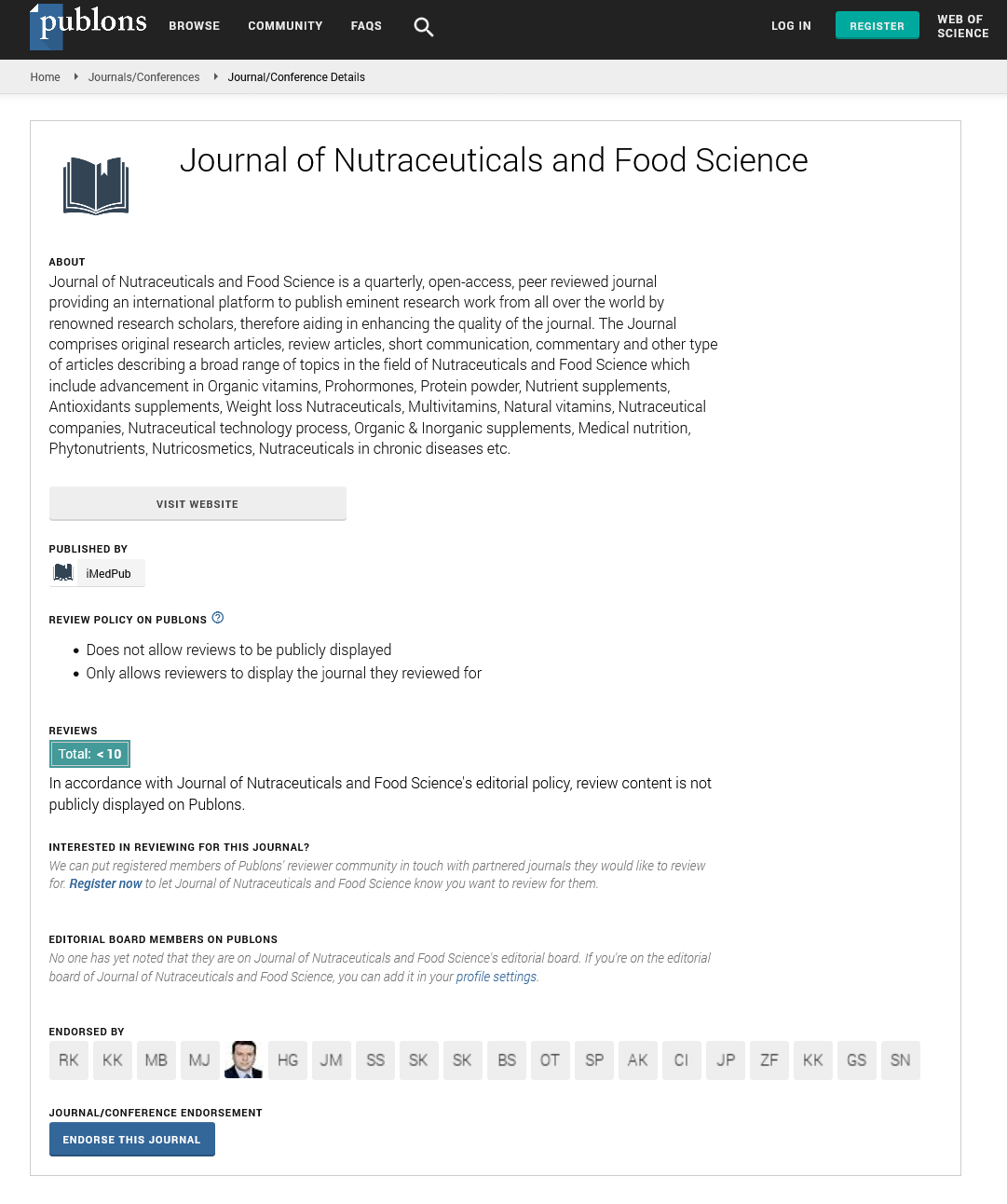Abstract
Evolution of Proteins
The macromolecular partnership that has ruled the biological planet for over 4 billion years is based on the translation of mRNA to protein, which offers a template for the shared origin and interconnectedness of all living systems. Three-dimensional structures of ribosomes from throughout the tree of life show macromolecules from deep biological history and serve as a guide to biopolymer pre-biological evolution. Ribosomal RNAs (rRNAs) and ribosomal Proteins (rProteins) are molecular fossils that date back to before the last universal common ancestor of life. rRNA recursively accreted and froze, growing in bulk over time, according to the previously established Accretion Model of ribosomal development. RNA folding, noncoded condensation of amino acids to create peptides, subunit association, correlated subunit evolution and decoding, and energy transduction were all gained progressively by the ribosome. In prokaryotes, rRNA growth is divided into six stages, with two extra eukaryotic phases. The most ancient rRNA is found in the first phase, whereas the most recent rRNA is found in the last phase. The expansion and development of the exit tunnel is a recurring motif in ribosome evolution Phases 1-6.
Author(s):
A.K Johnson
Abstract | Full-Text | PDF
Share this

Google scholar citation report
Citations : 393
Journal of Nutraceuticals and Food Science received 393 citations as per google scholar report
Journal of Nutraceuticals and Food Science peer review process verified at publons
Abstracted/Indexed in
- Google Scholar
- Publons
- Secret Search Engine Labs
Open Access Journals
- Aquaculture & Veterinary Science
- Chemistry & Chemical Sciences
- Clinical Sciences
- Engineering
- General Science
- Genetics & Molecular Biology
- Health Care & Nursing
- Immunology & Microbiology
- Materials Science
- Mathematics & Physics
- Medical Sciences
- Neurology & Psychiatry
- Oncology & Cancer Science
- Pharmaceutical Sciences


